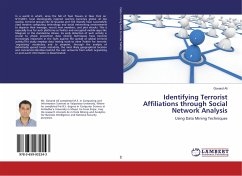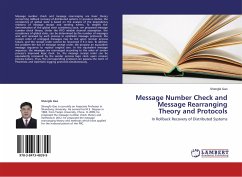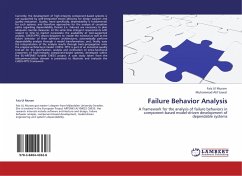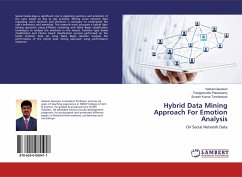In a world in which, since the fall of Twin Towers in New York on 9/11/2001, local ideologically inspired warfare becomes global all too quickly, terrorist groups like Al Quaeda and ISIS (Daesh) have successfully used modern computing technology and social networking environments to disperse their message, recruit new members, and plot attacks. This is especially true for such platforms as Twitter and encrypted mobile apps like Telegram or the clandestine Alrawi. As early detection of such activity is crucial to attack prevention data mining techniques have become increasingly important in the fight against the spread of global terrorist activity.This study employs data mining tools to mine Twitter for terrorist 'organizing' vocabulary and to pinpoint, through the analysis of (admittedly spares) tweet metadata, the most likely geographical location and connected identities behind the user accounts from which organizing or post-event information is disseminated.








